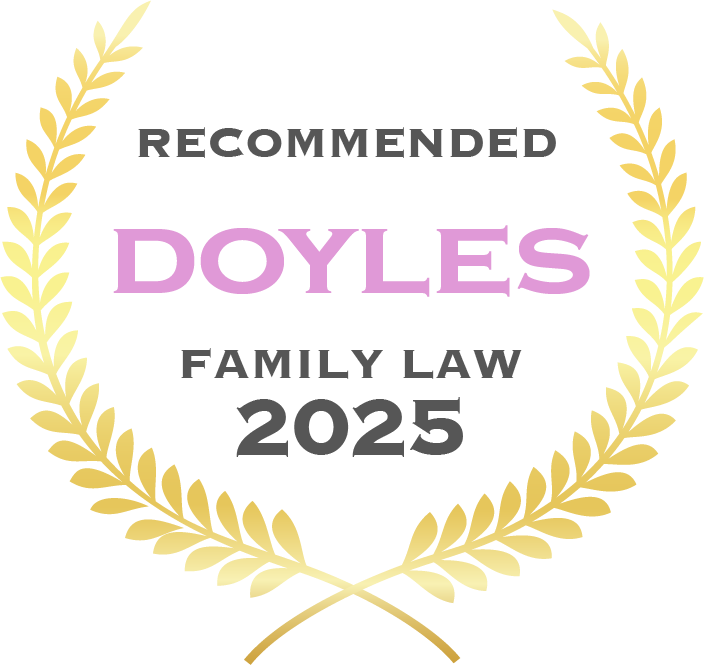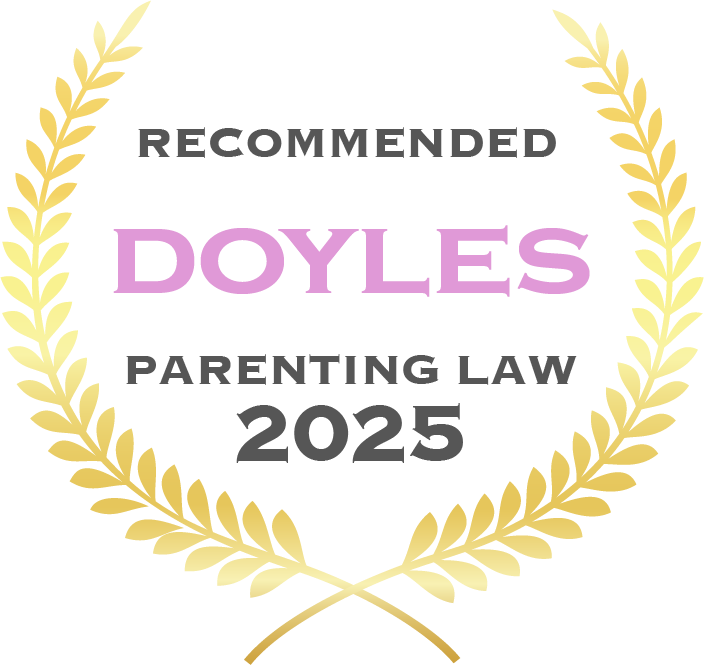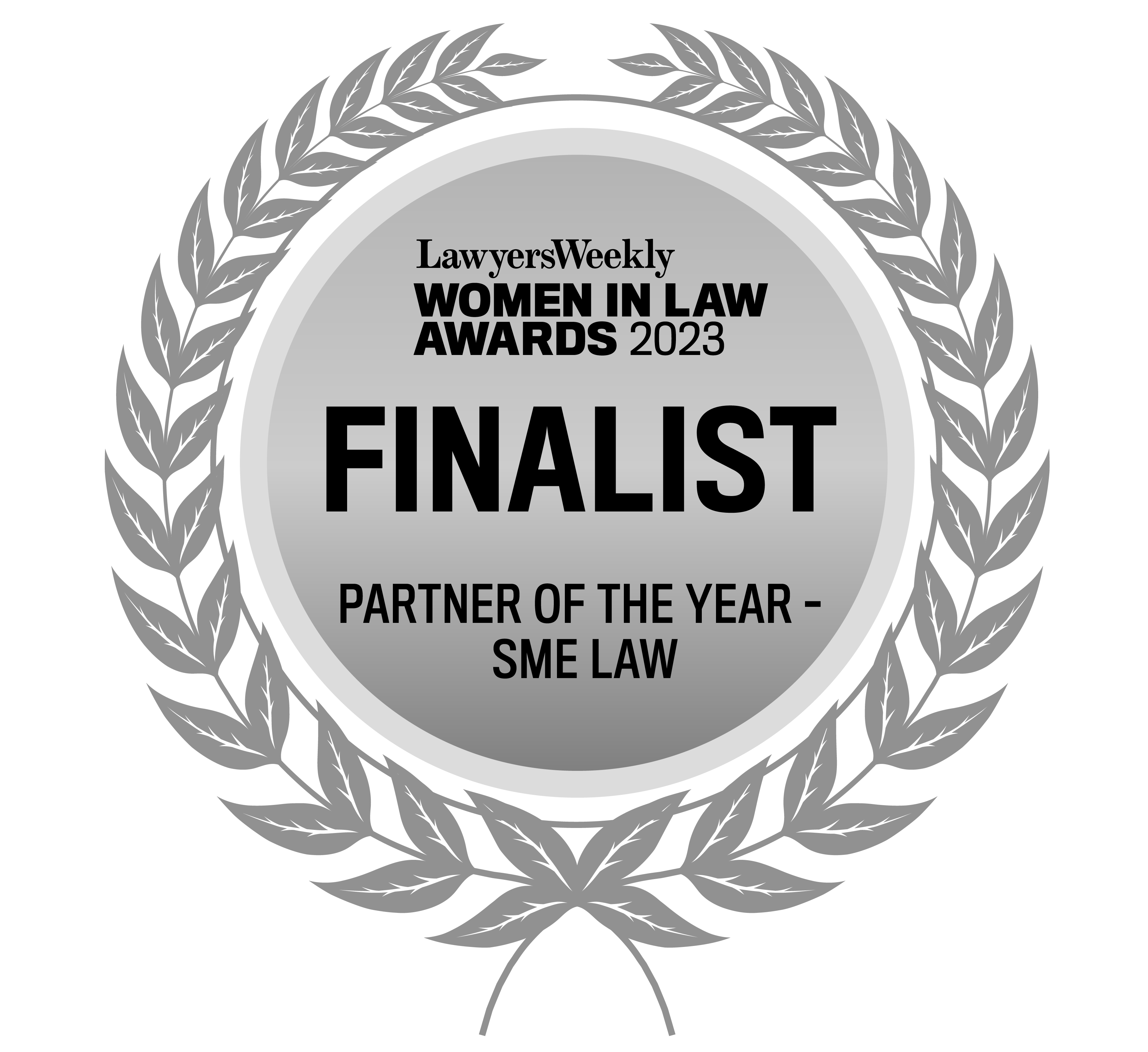
Stalking Offences in South Australia
Stalking is a serious offence in South Australia, defined and governed primarily under the Criminal Law Consolidation Act 1935 (‘CLCA’) and the Intervention Orders (Prevention of Abuse) Act 2009 (‘IOPA’). Understanding the legal framework surrounding stalking is crucial for both victims seeking protection and individuals facing charges. Below is a detailed overview of stalking as an offence, including the elements the prosecution must prove, the relevant court procedures, available defences, and potential penalties.
Why you Need Legal Advice
Being charged with stalking in South Australia is a serious criminal offence that can lead to imprisonment, restraining orders, and a permanent criminal record. A conviction can impact your employment, travel, and reputation.
If you have been accused of stalking, it is crucial to get immediate legal advice to understand your rights and build a strong defence.
Call Stanley & Co Lawyers today on 08 7001 6135 for a complimentary 30-minute consultation with an experienced Criminal Defence Lawyer. We will guide you through the legal process and work to protect your future.
Helpful Questions & Answers
Heading 1
Heading 2
Heading 3
Heading 4
Heading 5
Heading 6
Lorem ipsum dolor sit amet, consectetur adipiscing elit, sed do eiusmod tempor incididunt ut labore et dolore magna aliqua. Ut enim ad minim veniam, quis nostrud exercitation ullamco laboris nisi ut aliquip ex ea commodo consequat. Duis aute irure dolor in reprehenderit in voluptate velit esse cillum dolore eu fugiat nulla pariatur.
Block quote
Ordered list
- Item 1
- Item 2
- Item 3
Unordered list
- Item A
- Item B
- Item C
Bold text
Emphasis
Superscript
Subscript
What the Offence Is
Stalking in South Australia involves repeated, unwanted attention or harassment that causes the victim to fear for their safety. Under Section 19AA of the CLCA, stalking can include behaviors such as following a person, contacting them repeatedly, or engaging in conduct that could reasonably be expected to arouse apprehension or fear.
What the Prosecution Needs to Prove
For a conviction of stalking under Section 19AA of the CLCA, the prosecution must establish the following elements beyond a reasonable doubt:
- Course of Conduct: The accused engaged in a course of conduct that included:
- Following the victim.
- Loitering near the victim's home, workplace, or any place the victim frequents.
- Contacting the victim by any means, including telephone, mail, or electronic communication.
- Interfering with property in the victim's possession.
- Giving or sending offensive material to the victim.
- Publishing or transmitting offensive material about the victim.
- Keeping the victim under surveillance.
- Acting in any other way that could reasonably be expected to arouse apprehension or fear in the victim.
- Intent: The accused intended to cause harm or apprehension in the victim. This can be shown through evidence of persistent behavior despite clear indications from the victim to stop.
- Effect on the Victim: The victim experienced apprehension or fear as a result of the accused's conduct.
The Relevant Court
Stalking cases are generally heard in the Magistrates Court of South Australia. However, depending on the severity and specifics of the case, such as if there are additional charges or the case is contested vigorously, it may be escalated to the District Court of South Australia.
What Defences Are Available
Several defences can be raised in response to stalking charges, including but not limited to:
- Lack of Intent: Demonstrating that the accused did not intend to cause fear or apprehension. This could involve showing that the accused’s actions were misinterpreted or had a legitimate purpose.
- Reasonable Conduct: Arguing that the conduct was reasonable under the circumstances. For example, if the contact was for legitimate reasons such as attempting to resolve a dispute in a rational manner.
- Mistaken Identity: Showing that the accused was not the person engaging in the alleged conduct.
- Lack of Harm: Demonstrating that the victim did not actually experience fear or apprehension as a result of the accused's actions.
Maximum Penalties for the Offence
Under Section 19AA(2) of the CLCA, the penalties forstalking can be severe, reflecting the serious nature of the offence:
- Basic Offence: The maximum penalty for a basic stalking offence is 3 years' imprisonment.
- Aggravated Offence: If the stalking is found to be aggravated (e.g., involving a breach of an intervention order, the use of a weapon, or ifthe victim is a child or vulnerable person), the maximum penalty can increase significantly, up to 5 years' imprisonment.
Intervention Orders
In addition to criminal penalties, victims of stalking can seek protection through Intervention Orders under the IOPA. These orders ca nimpose various restrictions on the accused, such as prohibiting contact with the victim, staying away from the victim’s home or workplace, and surrendering firearms.
Application Process
- Interim Orders: Police can issue interim intervention orders if they believe immediate protection is necessary.
- Court Orders: Victims can apply to the court for a final intervention order, which involves amore thorough judicial process to determine the necessity and terms of the order.
27
Combined Years Of Experience
Awards & Affiliations







.png)




.png)


.png)


.png)



